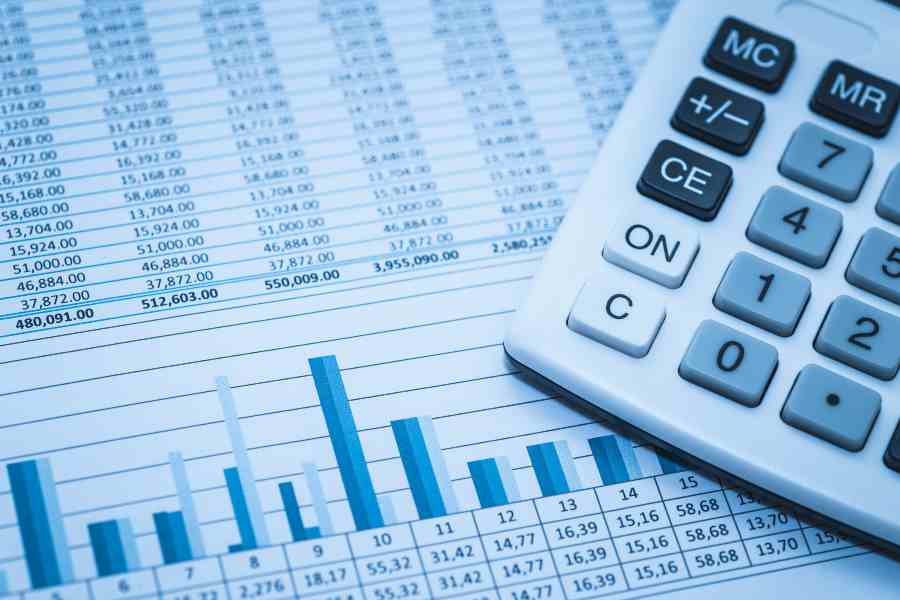

When it comes to analyzing a public company’s financial health and performance, one essential document plays a pivotal role–the balance sheet. The balance sheet is a financial statement that provides a snapshot of a company’s financial position at a specific point in time. It showcases the company’s assets, liabilities, and shareholders’ equity, enabling investors and analysts to assess its overall financial strength. The balance sheet follows a fundamental accounting equation: Assets = Liabilities + Shareholders’ Equity. Let’s explore each component in detail: Assets: Assets represent what a company owns and controls, including both tangible and intangible items. Tangible assets encompass physical properties like cash, accounts receivable, inventory, property, plant, and equipment. Intangible assets include intellectual property, patents, trademarks, and goodwill. The balance sheet lists assets in order of liquidity, meaning the most liquid assets (such as cash) appear at the top. Liabilities: Liabilities represent a company’s obligations or debts to external parties. These can include accounts payable, loans, bonds, and accrued expenses. Liabilities are categorized as current or long-term based on their maturity. Current liabilities are expected to be settled within one year, while long-term